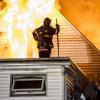Sign in to follow this
Followers
0

Starting to get cold...........
Started by
on the job,
-
Recently Browsing 0 members
No registered users viewing this page.

Started by
on the job,
No registered users viewing this page.